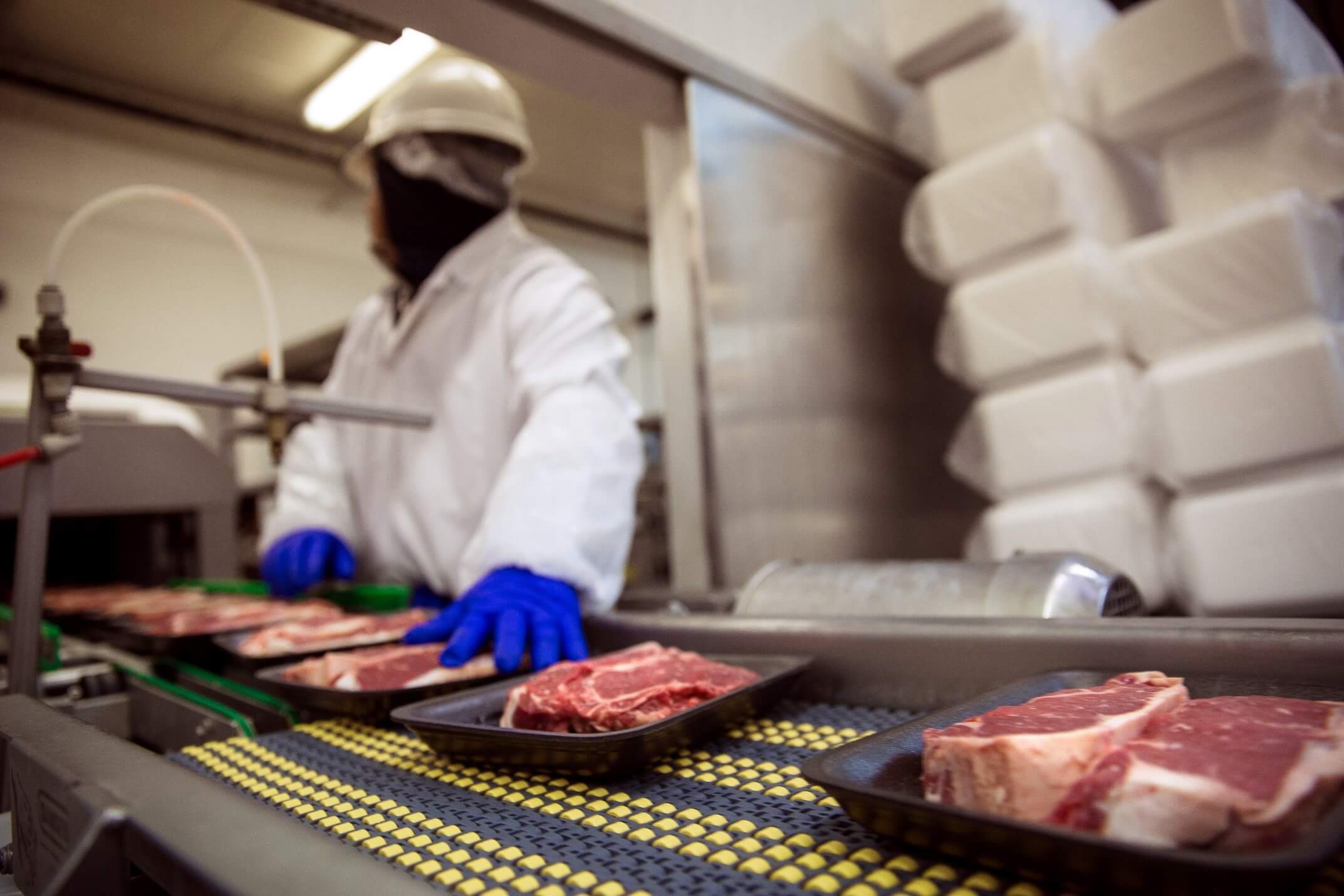
Life in a professional kitchen can be hectic.
Clanking plates, shouting orders, and hot temperatures are par for the course. Unless you’ve worked back-of-house (BOH), it’s hard to understand just how quickly things move.
Nonetheless, employees must consistently produce high-quality dishes. On top of creating tasty meals at lightning speed, they also must pay close attention to food safety standards.
Exactly how important is food safety?
“A single foodborne illness outbreak can cost a restaurant a few thousand dollars up to a couple of million dollars in penalty fines and litigation fees.”
National Institutes of Health
Even without an outbreak, restaurants found in serious violation of food safety regulations also can lose sales revenue due to temporarily closing their doors to remedy violations. The solution is to develop clear, realistic, and accessible food safety standard operating procedures (SOPs) for kitchen workers. In this article, we’ll discuss the power of proper food safety SOPs.
Once your restaurant has a solid SOP workflow in place, your BOH team will have a much easier time balancing safety compliance with fast-paced demands. Let’s begin by taking a closer look at the applications, benefits, and elements of SOPs.

How to Implement Food Safety SOPs
Depending on your professional background, you may be surprised to learn that SOPs aren’t unique to the food service industry.
All types of businesses use SOPs for quality control, enhanced efficiency, and safety assurance. Essentially, any repetitive task can be organized into a standard operating procedure.
Food service industry SOPs are written practices and procedures of how your establishment will produce safe food. The documents are a key component of any comprehensive food safety program.
Benefits of Food Safety SOPs
The primary reason to implement food safety SOPs is quite simple. Create a standardized process for employees to follow, and you will greatly reduce the potential for mistakes.
In other words, don’t tell employees that food must be handled safely and then leave them to figure out what that looks like on their own.
Instead, provide them with simple step-by-step instructions on how to complete each recurring task. While the primary goal of implementing food service SOPs is to reduce mistakes, that’s just a starting point.
Distributing effectively written SOPs should speed up BOH operations. Additionally, SOPs can streamline new employee onboarding, so management doesn’t have to reinvent the wheel during training sessions. Check out MaintainX’s Global Procedure Library for customizable food safety SOPs.

Elements of Food Safety SOPs
Similar to mastering any new skill, writing good SOPs takes practice. SOPs need to be written and formatted in a manner that will be easy to understand and will include all of the important elements.
Furthermore, all task steps should be accounted for, no matter how small. Leave out an important detail, and you risk causing employee confusion.
Include the following elements when drafting your food safety SOPs:
- Title: Give each SOP a clear title to identify the purpose of the procedure.
- Issuer: Include your name as the document author. Large organizations need to include this detail so that questions come back to the right person.
- Frequency: Identify how often workers should perform the procedure (i.e., daily, weekly, monthly, or according to an action-based trigger).
- Instructions: This element is the heart of your SOP. Instructions should be specific enough to allow anyone to perform the process for the first time without any assistance.
- Responsibility.: Be clear about what roles are responsible for executing the SOP.
Finally, your establishment’s SOPs will likely require additional elements for clarification. In our next section, we’ll take a closer look at how to create effective standard operating procedure programs.

6 Tips to Successfully Implement Food Safety SOPs
Keep these six tips in mind when launching your restaurant’s food safety program to save time, reduce stress, and increase compliance:
1. Use Digital Templates
The days of writing SOPs by hand are over. A variety of web and mobile applications now exist for creating, customizing, and assigning digital SOPs. We provide a mobile computerized maintenance management system (CMMS) that restaurant managers can use to oversee food safety programs. MaintainX makes it easy to customize food-compliance SOP checklists, collect data, and identify workflow problem areas.
2. Define Core Processes
Your most impactful SOPs will be the ones that target frequently occurring processes that are essential to BOH productivity. Before writing any procedures, take the time to prioritize which core processes to target first.
For example, you may want to start standardizing a few major tasks before expanding your SOP program to include minor ones. Hand washing, raw material handling, and sanitization are important safety protocols worth addressing first.
3. Know Your Regulations
Some food safety steps are common sense, like washing hands before handling food items. But, if you are running a professional kitchen, you need to follow the specific safety regulations that apply to your business. Regulatory compliance can be complicated, as local, state, and federal rules apply to your operations.
To find the relevant regulations for your area, start with this FDA resource. Also, given the complexity of some rules, you may find that greater peace of mind is available through conveniently digitizing them with CMMS software. With digital audit trails built in, you can quickly retrieve safety audit records to prove past compliance.

4. Tackle SOPs by Groups
We’ve already discussed defining your kitchen’s core processes. That’s a good starting point. However, you’re likely to identify several more BOH tasks worth standardizing than you initially expected.
We recommend breaking down kitchen safety SOPs into groups. Common categories for food service procedures include:
- Food storage
- Food preparation and handling
- Health and hygiene
- Equipment handling and maintenance
- Customer complaint management
Don’t hesitate to add categories specific to your unique business model, environment, and location.
5. Gather Employee Input
No one knows more about your restaurant’s processes than the employees who execute them day in and day out. Workers may have developed their own way of doing things in lieu of specific guidelines. Lean on the knowledge and experience of the team members most familiar with the tasks at hand to inform your documentation.
6. Create a Review Process
Finally, treat your standard operating procedures like living documents. Even carefully written procedures should be revisited with an eye for improvement. Develop a systematic review process to assess SOP effectiveness and make changes as needed. Again, consult the workers most frequently executing the procedures for feedback on what’s working and what could be better.

Streamline Food Safety SOPs
Developing a food safety program isn’t a weekend project. It requires paying careful attention to detail, collaborating with kitchen workers, and taking the time to think through tasks from beginning to end.
The upfront time investment will pay for itself when your team avoids repeatedly making mistakes that lead to costly food safety violations, dissatisfied customers, and wasted company resources.
With MaintainX SOP software, you can:
- Customize standardized templates for use
- Assign SOP tasks by department or individual
- Evaluate employee project time and fulfillment
- Track completion of SOPs and set alerts for missed actions
- Edit and monitor SOPs on mobile devices
- Integrate sensor-based temperature monitoring
With a carefully thought-out plan in place and the right digital tools to manage those plans, food safety compliance will become easier than ever before.
FAQs

Caroline Eisner is a writer and editor with experience across the profit and nonprofit sectors, government, education, and financial organizations. She has held leadership positions in K16 institutions and has led large-scale digital projects, interactive websites, and a business writing consultancy.


.webp)

_FEATURE.webp)